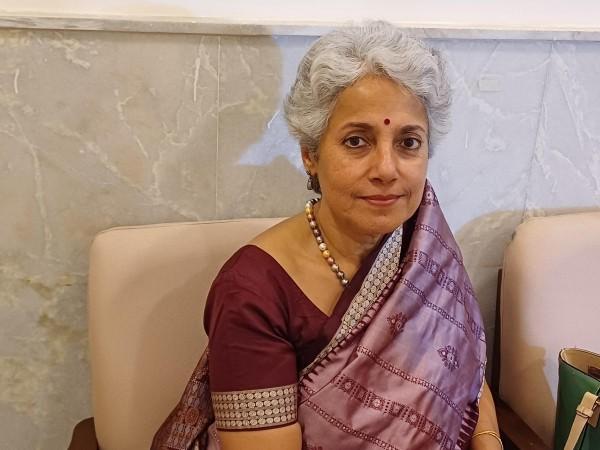
India is struggling with a rising tide of abdominal obesity, a health concern that is being driven primarily by unhealthy diets and physical inactivity, according to Soumya Swaminathan, former Chief Scientist at the World Health Organization (WHO). Currently serving as the Principal Advisor for the Health Ministry's tuberculosis programme, Swaminathan has called for an expansion of access to healthier diets and spaces for exercise in the country to combat this growing issue.
Abdominal obesity, a condition characterized by excessive fat around the stomach and abdomen, has been identified as a precursor to several non-communicable diseases such as diabetes, hypertension, and cancer. These diseases are witnessing a significant rise not just in India, but globally. The unhealthy trend of abdominal obesity, as Swaminathan points out, is being fueled by poor dietary habits and a lack of physical activity.
Swaminathan's assertions are backed by a recent study on abdominal obesity, published in the journal The Lancet Regional Health. The study was conducted by researchers from IIHMR University in Jaipur, India, and Johns Hopkins University's Bloomberg School of Public Health in the United States. The research was based on data from the National Family Health Survey (NFHS-5), conducted between 2019 and 2021.

The findings of the study are alarming. Abdominal obesity is more prevalent among women, with 40% of the female population affected, compared to 12% of men. The situation is particularly dire for women between the ages of 30 and 49, with 5-6 out of 10 women in this age group being abdominally obese. The association of abdominal obesity in women is stronger in elderly women and non-vegetarians.
The study also revealed that abdominal obesity is not just a problem confined to urban areas. It is on the rise in rural areas as well, penetrating lower and middle socioeconomic sections of society. This is a significant shift from the past when obesity was largely seen as a problem of the affluent and those living in urban areas.
In India, the Body Mass Index (BMI) has traditionally been used to measure obesity. However, for the first time, the NFHS-5 assessed abdominal obesity through the waist circumference of 6,59,156 women and 85,976 men aged between 15 and 49 years. The study found that some women with a healthy BMI also have abdominal obesity, indicating that BMI alone may not be a sufficient measure of health risks associated with obesity.
The prevalence of abdominal obesity varies across different states in India. Kerala (65.4 per cent), Tamil Nadu (57.9 per cent), Punjab (62.5 per cent), and Delhi (59 per cent) showed a high prevalence of abdominal obesity, while Jharkhand (23.9 per cent) and Madhya Pradesh (24.9 per cent) had lower prevalence.
The study not only indicates an emerging health risk for Indian women but also highlights a double burden of malnutrition in the country. While one section of the population is dealing with obesity and related health issues, another section is grappling with undernutrition and its associated problems.
The researchers have urged the government to take proactive steps to design targeted interventions for the groups who have high abdominal obesity, particularly for women in their thirties and forties. Swaminathan echoes this sentiment, calling for more awareness, nutrition literacy, and expanded access to healthier diets and spaces for exercise.
The issue of abdominal obesity in India is a stark reminder of the global obesity epidemic that has been unfolding over the past few decades. In the 1970s, obesity was a relatively rare condition. However, with changes in diet and lifestyle, coupled with a lack of physical activity, obesity rates have skyrocketed worldwide. Today, obesity is recognized as a global health concern, with serious implications for public health and economies.

















